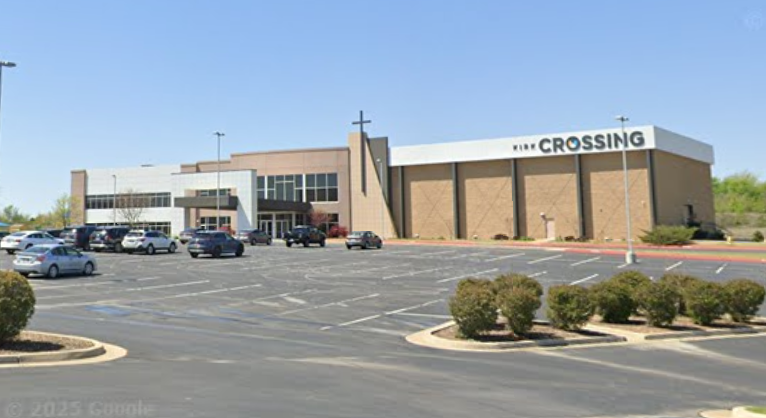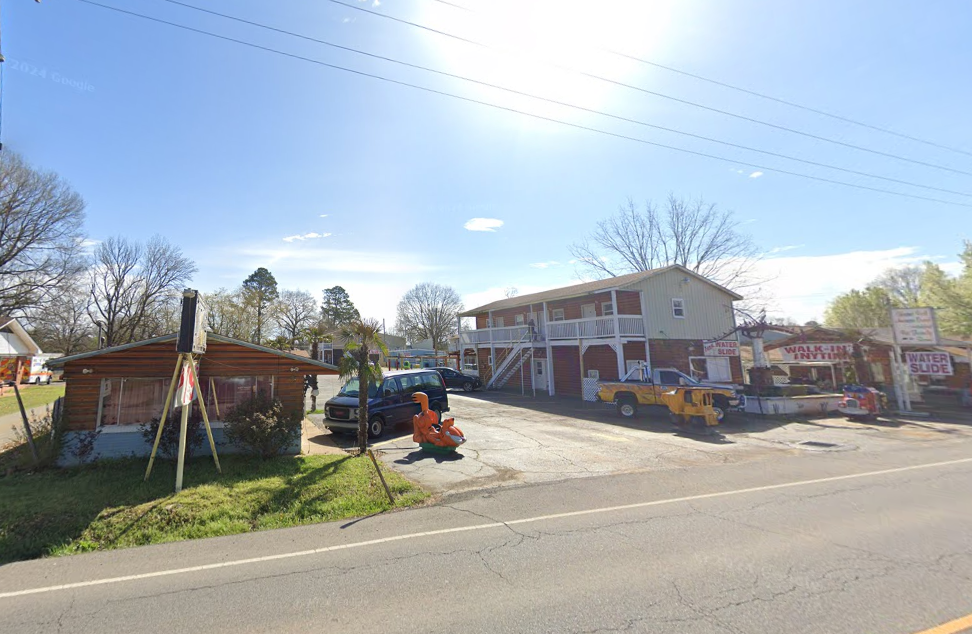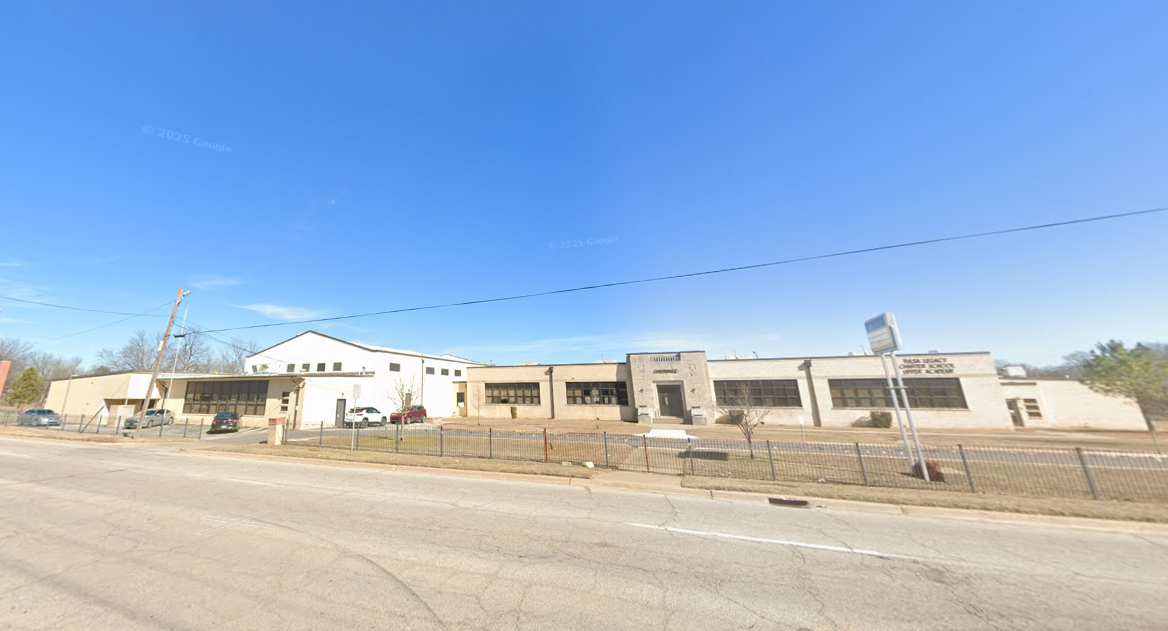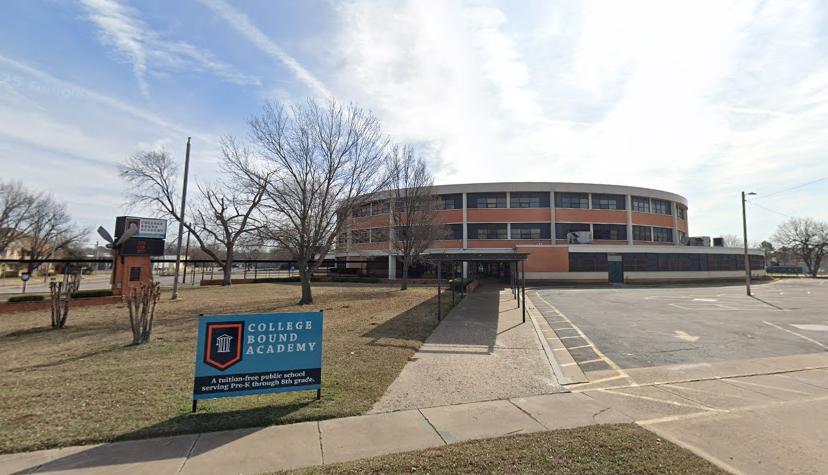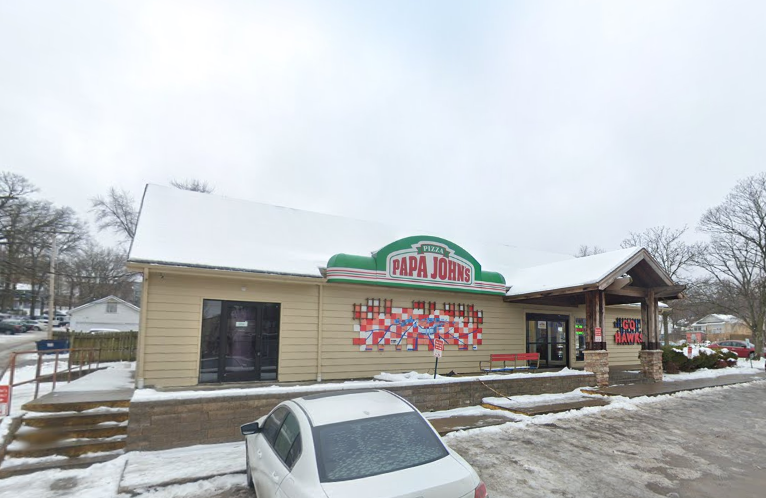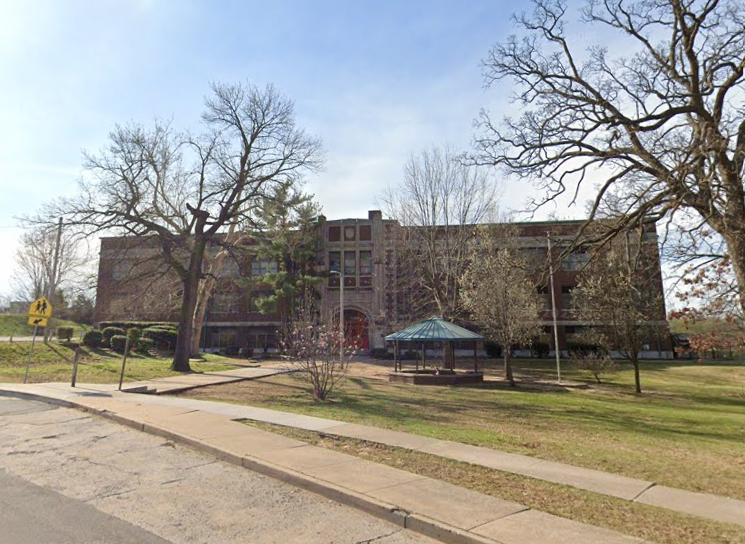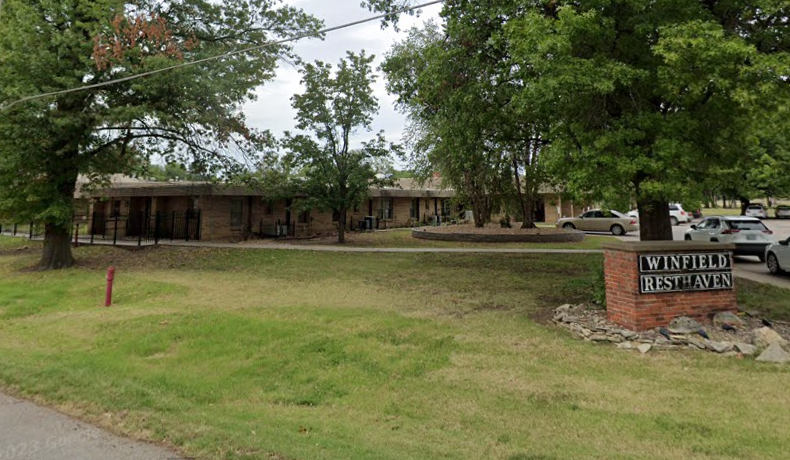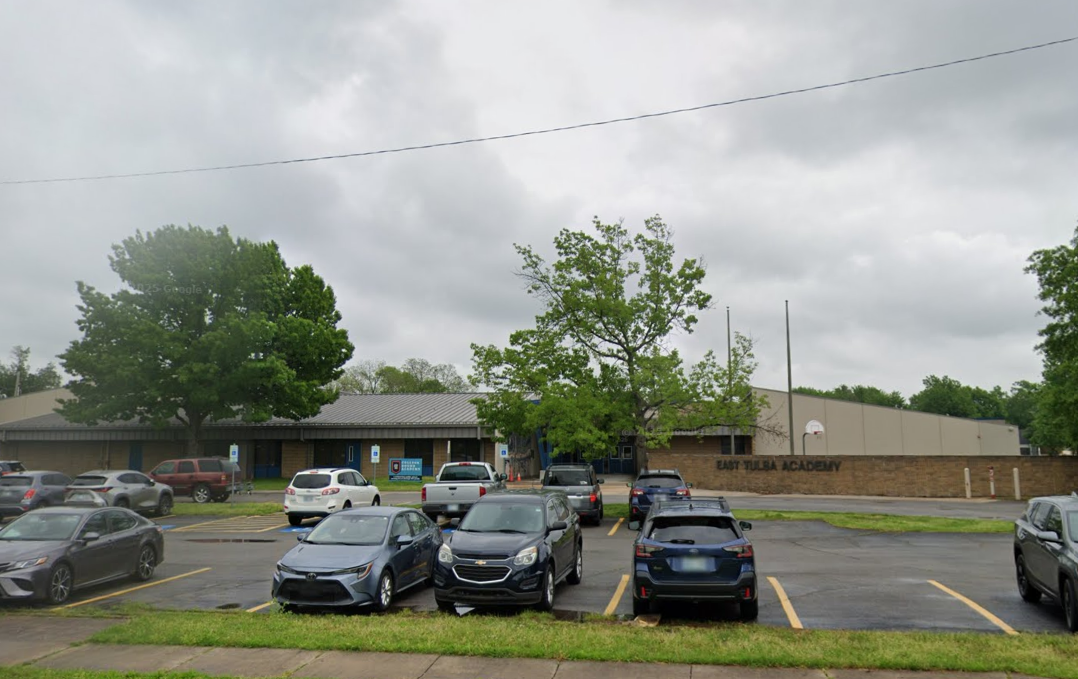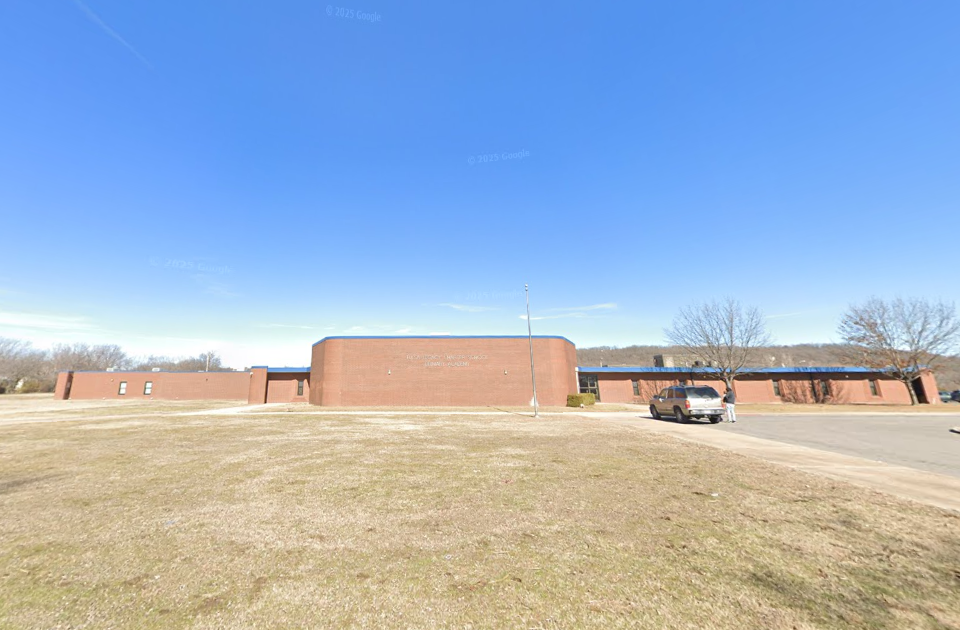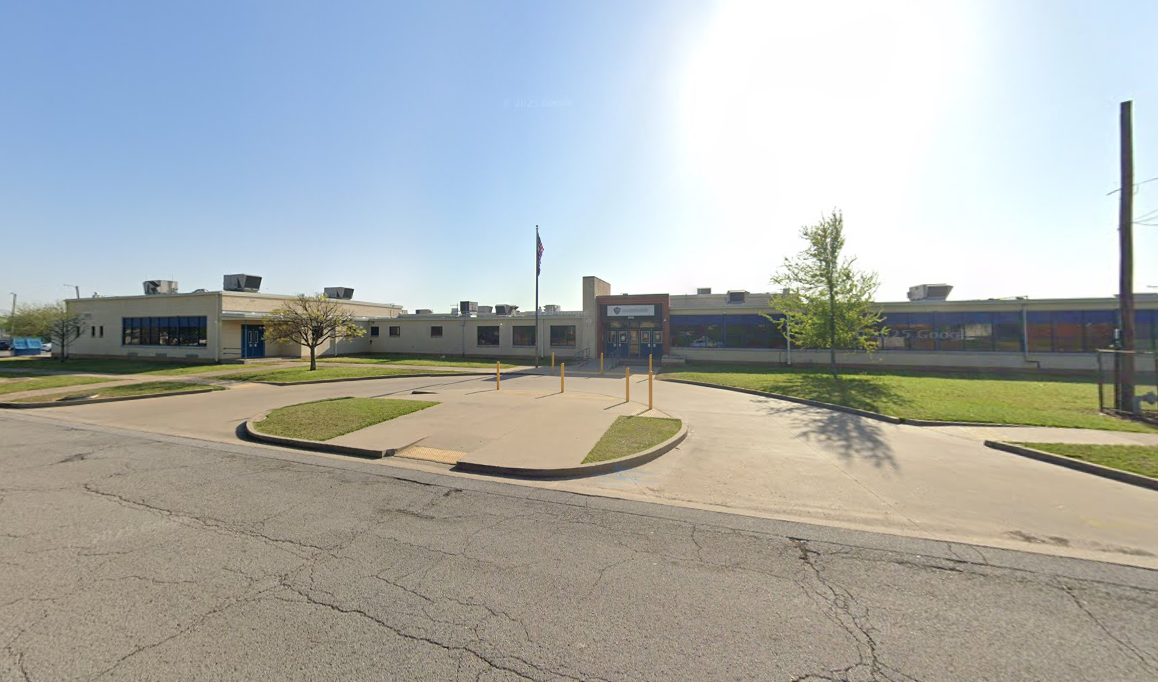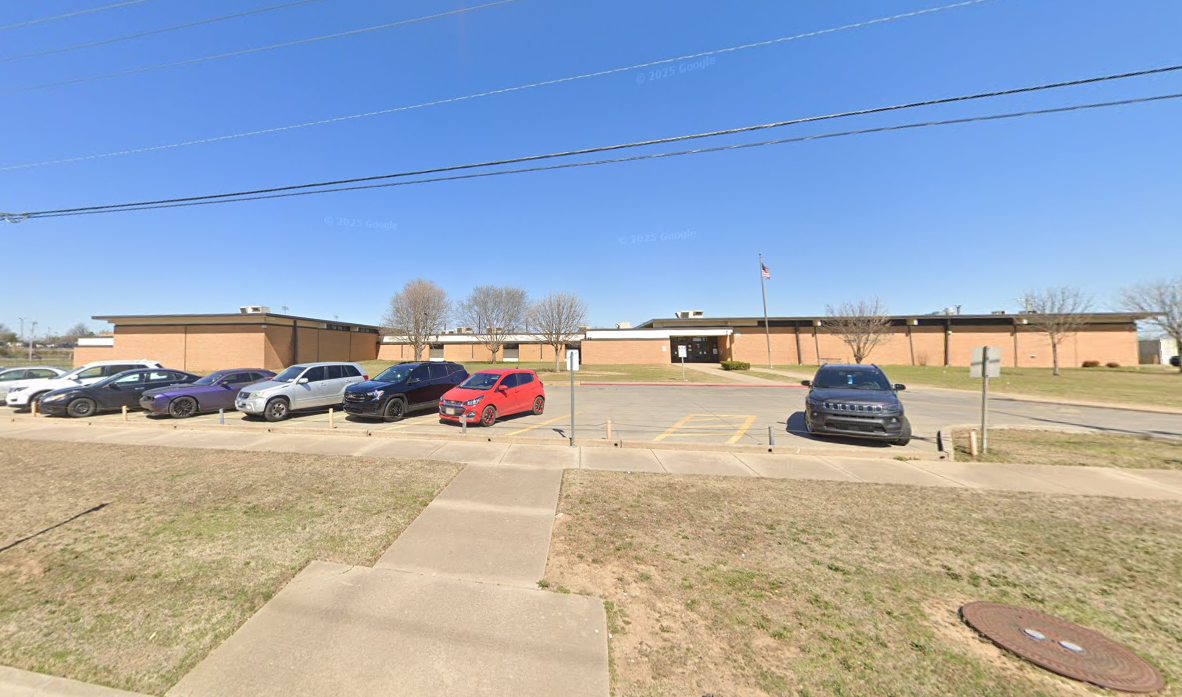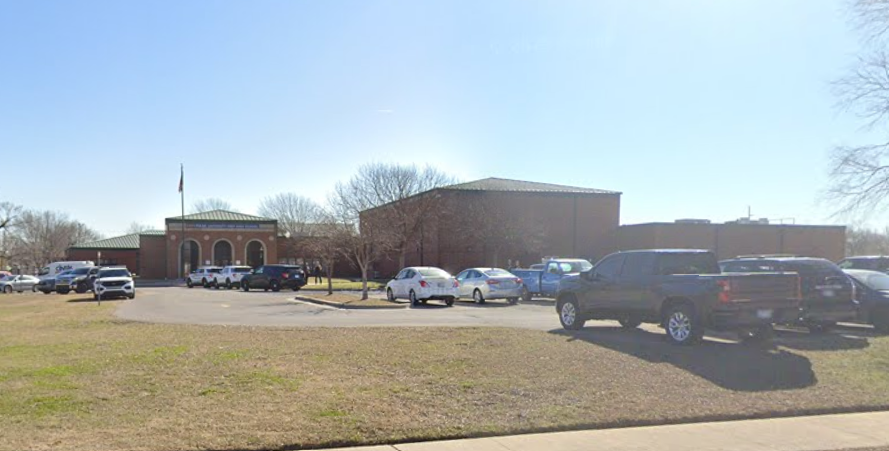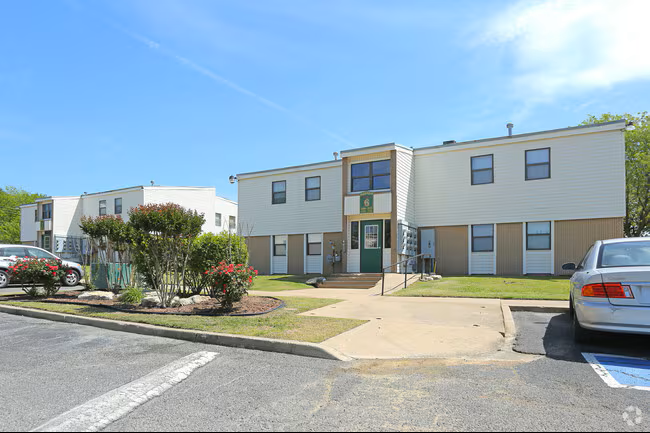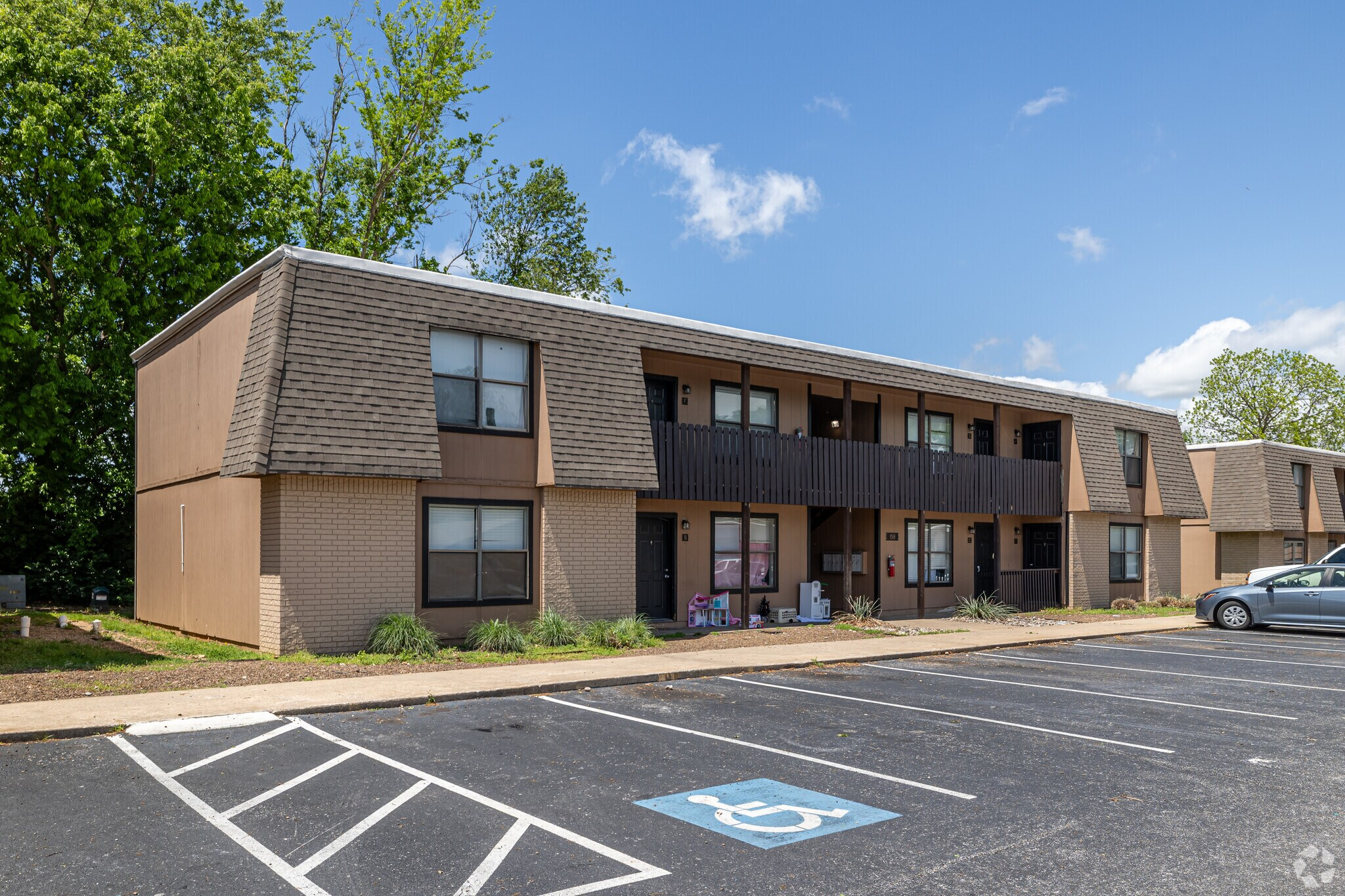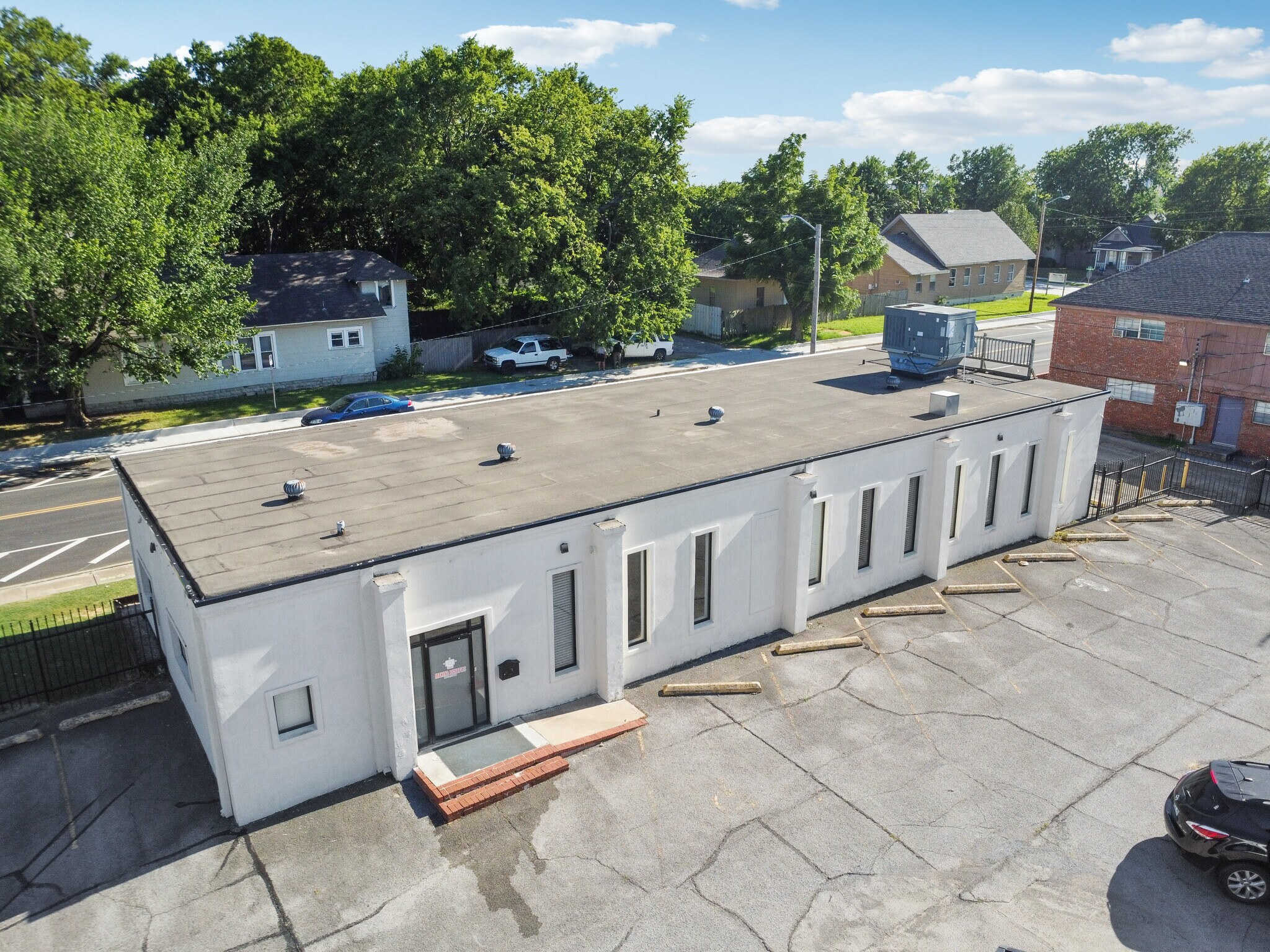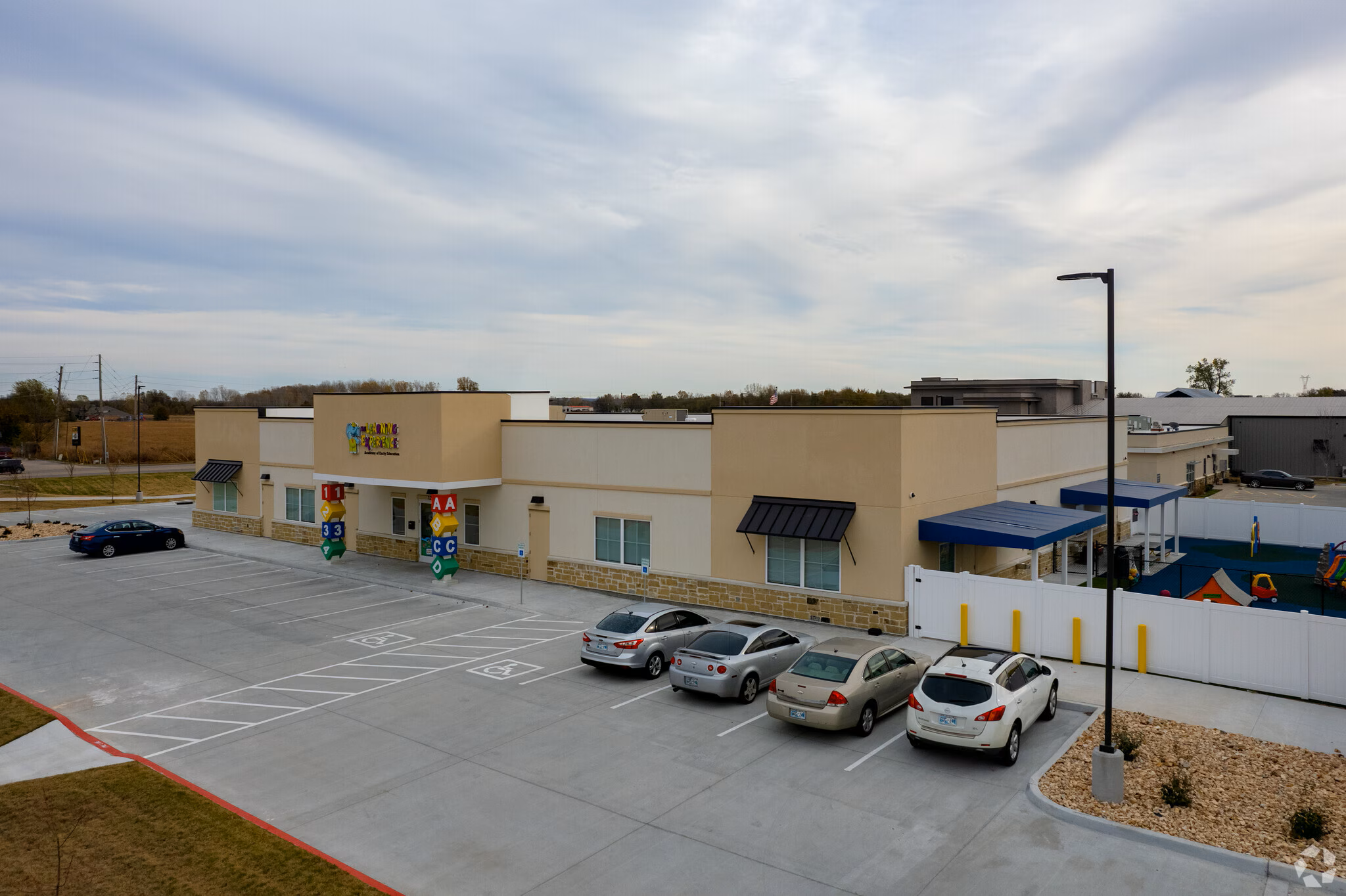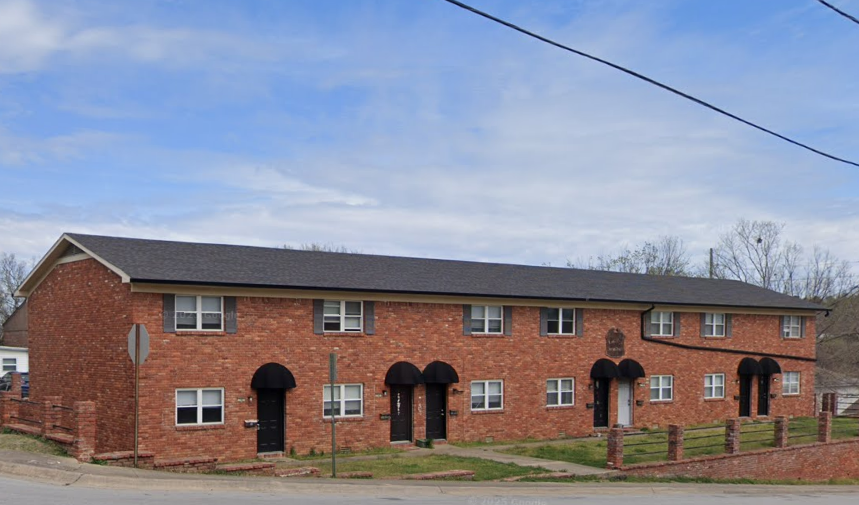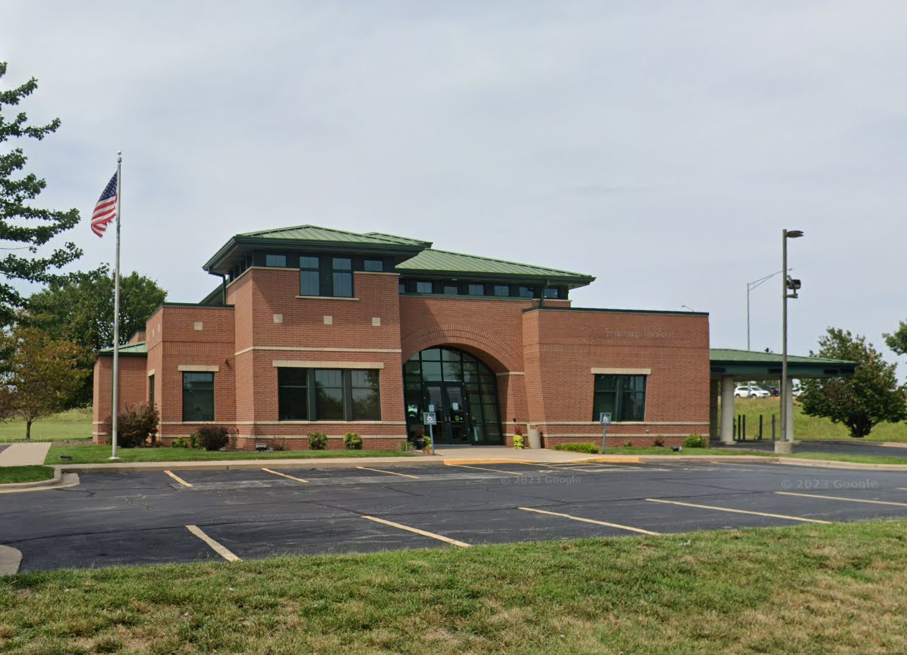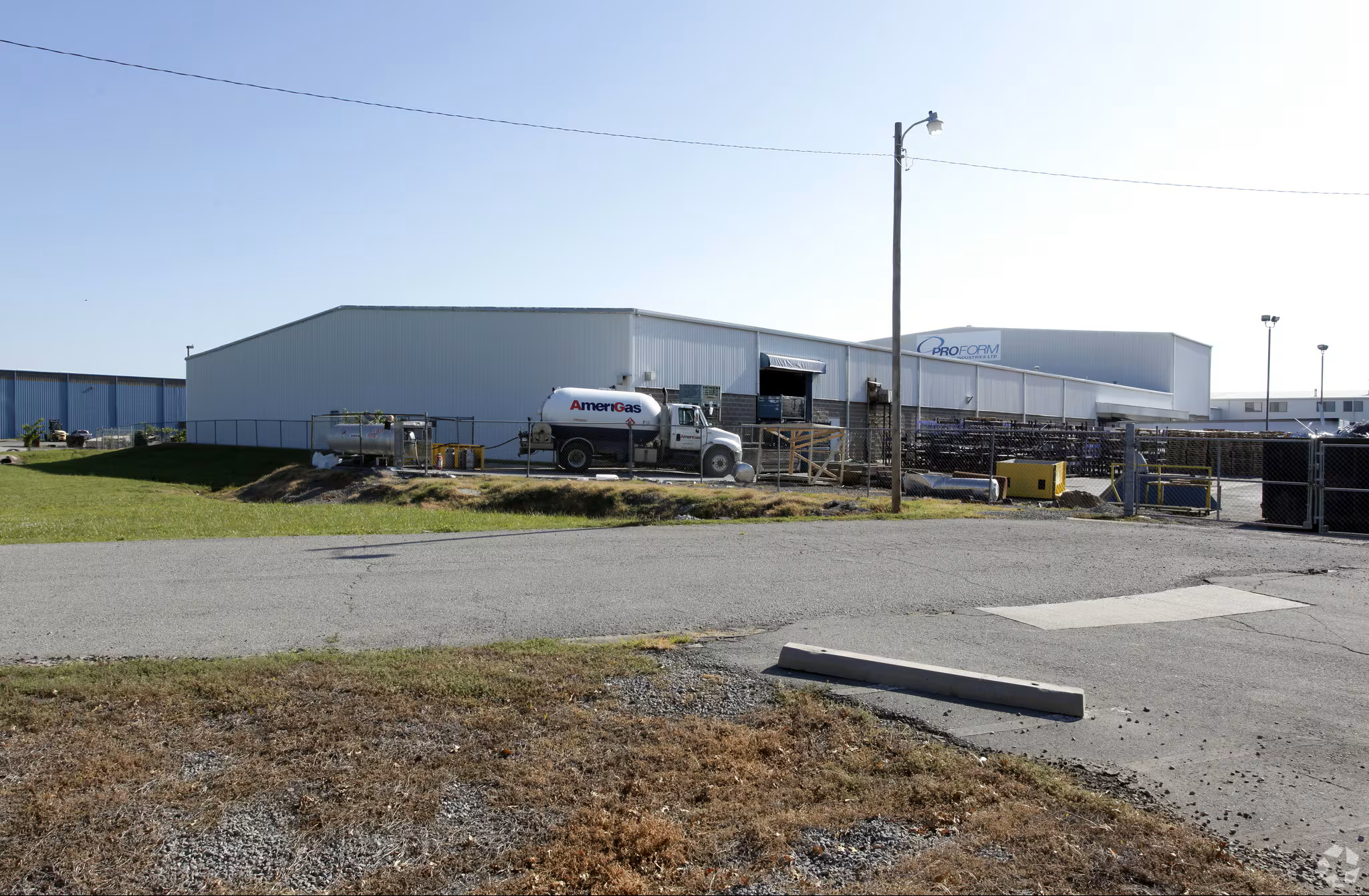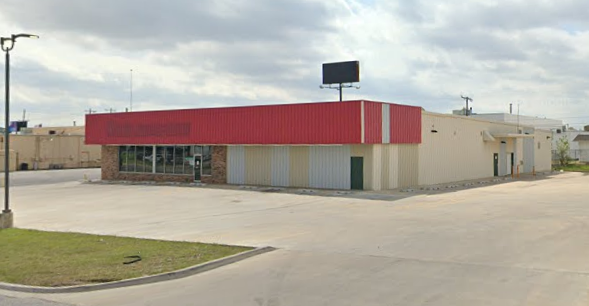The Retail Building Inspection That Protects Profits and Prevents Pitfalls
The Retail Building Inspection That Helps You Plan, Budget, and Close the Deal
Since 2019, retail buildings and suites have made up 14.8% of our total commercial property inspections across Oklahoma, Arkansas, Missouri, and Kansas. From boutique storefronts and strip malls to big-box anchor tenants, retail properties come with a unique set of risks and rewards. Whether it’s a landlord prepping for lease turnover, a buyer entering the market, or a tenant negotiating buildout terms, our inspections help stakeholders make smart, profitable decisions.
The People Behind the Property
Every retail inspection begins with understanding who’s invested in the property—and why.
Building Owners & Property Managers
Retail landlords want to preserve asset value and maximize tenant occupancy. They need to know when to reinvest in parking lots, lighting, signage, and HVAC—and how those costs stack up over the next 10 years.
Buyers & Sellers
Buyers want to confirm the property’s income potential and avoid big-ticket surprises. Sellers use inspections to disclose conditions transparently and increase buyer confidence.
Commercial Lease Tenants
Whether it’s a coffee shop leasing 2,000 sq. ft. or a national chain moving into 20,000 sq. ft., tenants want to avoid inheriting old problems. Knowing the true condition of HVAC, roofs, and plumbing systems can affect lease negotiations, TI allowances, and rent pricing.
Financial Institutions
Retail properties must prove they are sound, insurable, and revenue-generating before banks approve financing. Our reports give underwriters the confidence they need.
Insurance Providers
Carriers need documentation of fire safety measures, roof condition, and egress compliance. An updated inspection helps price risk accurately and mitigate claim exposure.
Government & Public Agencies
Municipalities and development districts looking to revitalize retail corridors use our reports to evaluate deferred maintenance, ADA compliance, and code violations—especially in public-private partnerships.
The Services That Deliver Confidence
We offer three primary services that give retail stakeholders clarity and leverage:
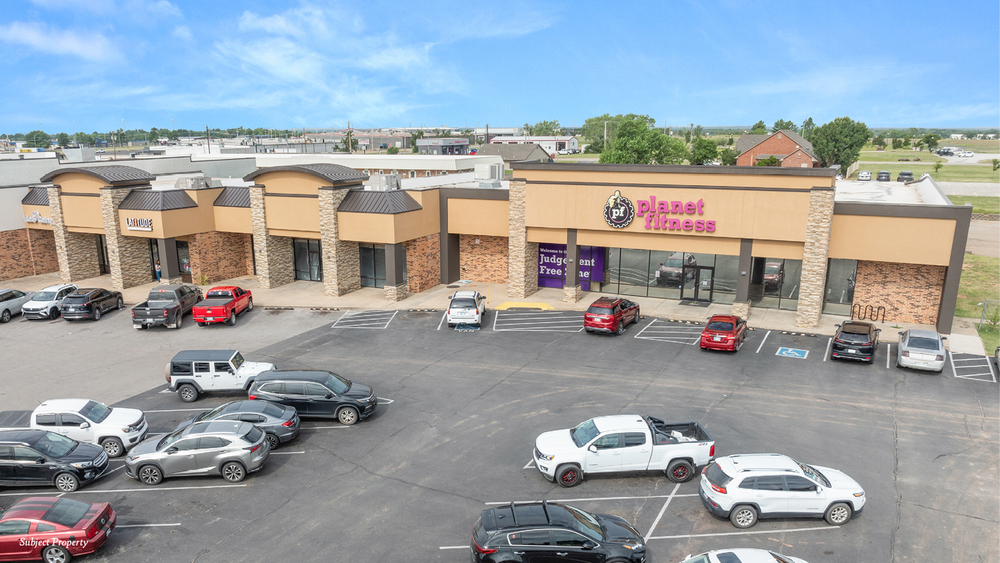
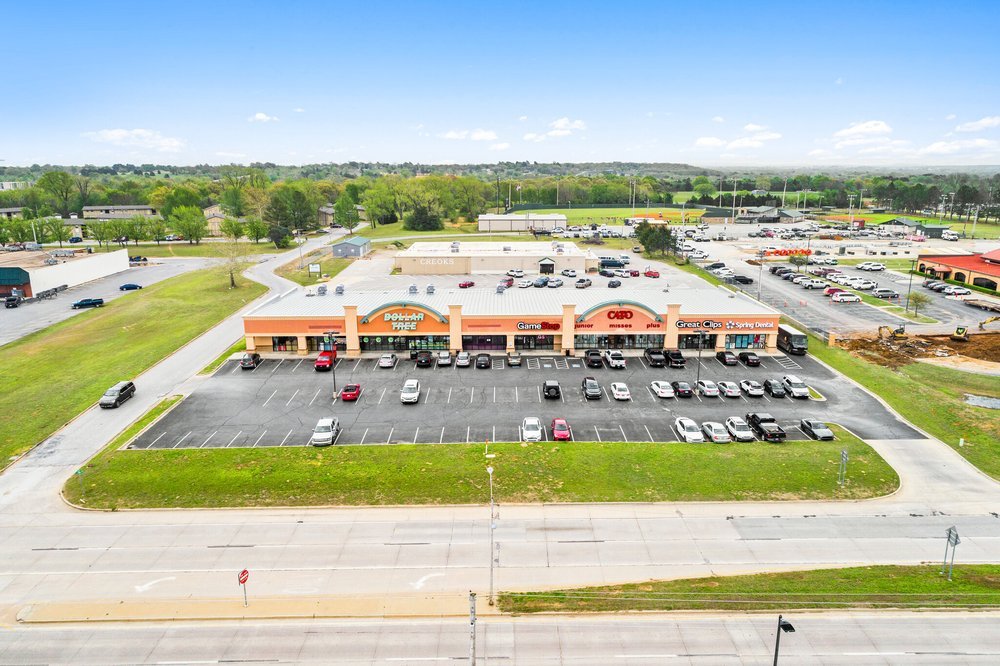
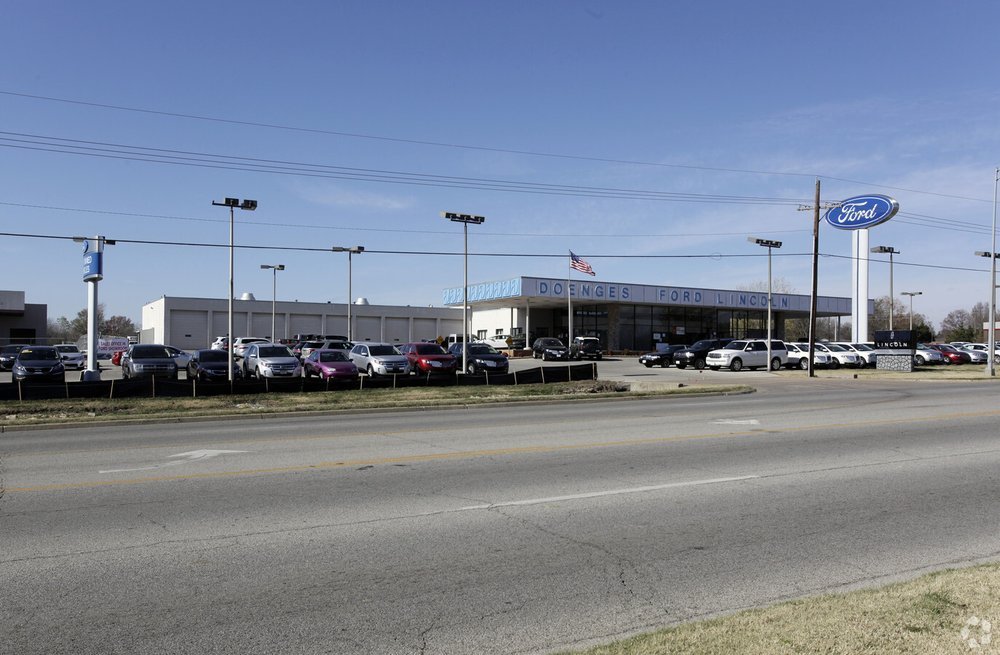
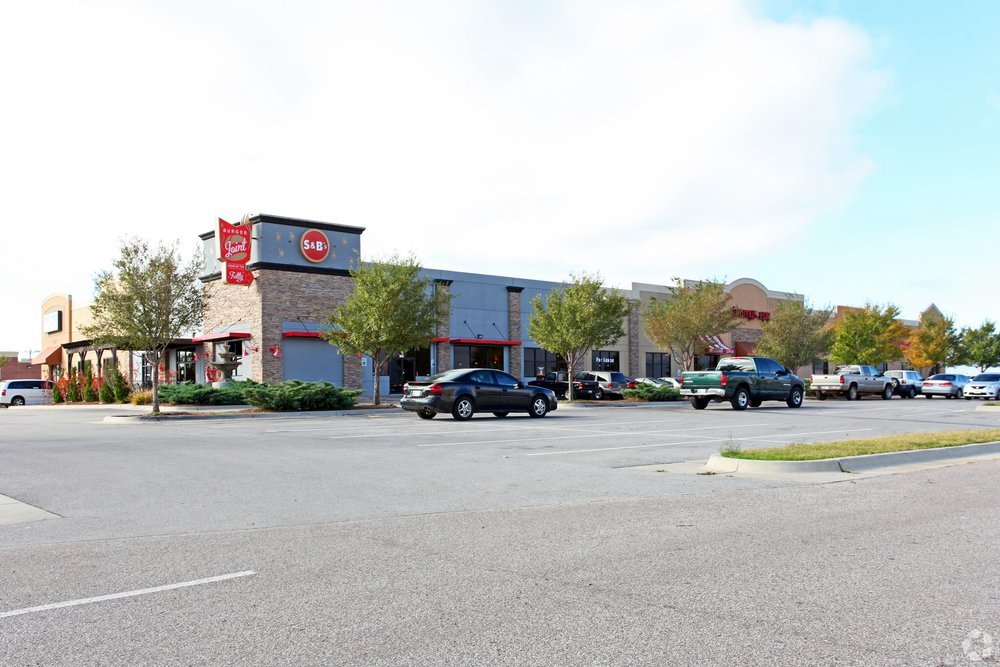

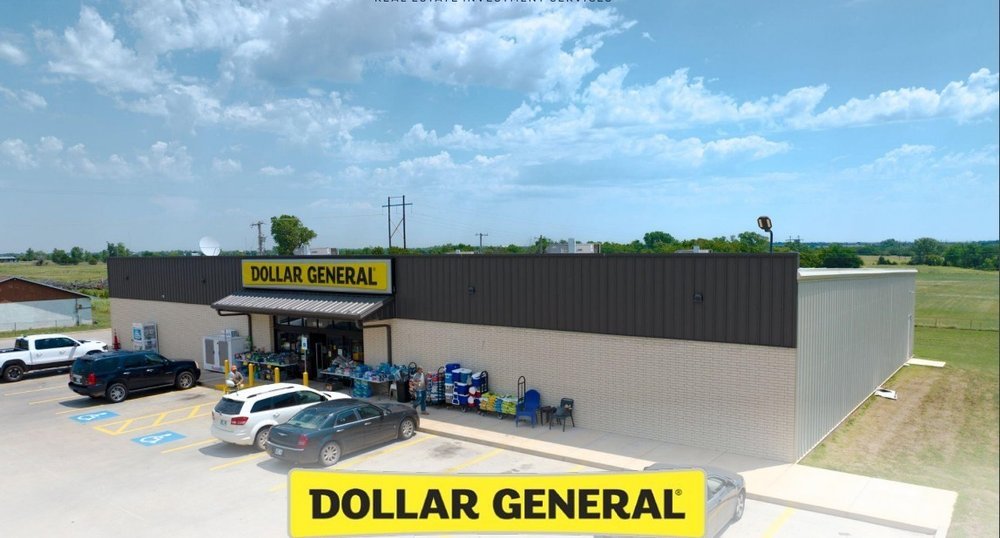
Property Condition Assessment (PCA)
This is a walk-through examination of the entire property. For retail buildings, we focus on:
Roofing (flat membrane or metal, ponding, patched repairs)
HVAC units (often RTUs, varying by tenant)
Electrical systems (panel condition, tenant separation)
Fire/life safety (exit lighting, alarms, sprinklers)
Plumbing (customer restrooms, tenant-specific configurations)
Pavement and drainage (trip hazards, ADA ramps)
Signage and exterior lighting
Findings are captured in a Property Condition Report (PCR), with photos, descriptions, and repair recommendations.
A Few of the Commercial Retail Properties We’ve Inspected!
Opinion of Cost Report
An optional but highly recommended add-on that gives 1–2 year cost estimates for immediate repairs and near-future capital expenses. We gather pricing from:
Local contractor quotes
RSMeans cost data
Equipment supplier averages
Why it matters: A $40,000 flat roof replacement or $15,000 HVAC overhaul can dramatically affect cash flow. An Opinion of Cost arms our clients with budget clarity and negotiation power.
ADA Accessibility Inspection
ADA compliance isn’t optional for retail—especially when the public comes and goes every day. We inspect:
Parking and loading zones
Walkways, ramps, and thresholds
Restroom access
Counter heights and transaction areas
Signage, turning radius, and path of travel
We reference federal ADA standards and the CCPIA Commercial Property Inspection Standards of Practice (COMSOP) to reduce your liability exposure.
“Many retail properties operate under a net lease or triple-net lease agreement. This also makes a commercial property inspection particularly important for lessors and lessees. It will provide lessees with realistic expectations related to the property’s maintenance and projected repairs, and it will also help them avoid disputes that can arise between a landlord and their tenant about the condition of the building and its attributes during any period of the lease.”
Common Findings in Retail Building Inspections
Retail spaces often have hidden vulnerabilities that can affect tenants and owners alike. Here are frequent issues we discover:
Roof Drainage Problems
Clogged or poorly designed scuppers cause standing water, leading to leaks and membrane failure.Inconsistent HVAC Maintenance
Each tenant might maintain their own HVAC—until they don’t. Deferred upkeep leads to unexpected costs at lease turnover.Code Deficiencies in Renovated Spaces
Especially in legacy buildings with subdivided retail bays. Non-permitted work, insufficient egress, or outdated electrical panels are common.Trip Hazards and ADA Violations
Uneven sidewalks, missing tactile signage, and faded parking stripes put tenants and landlords at legal risk.Inadequate Fire Protection
Sprinkler systems may not cover all zones or may be disconnected in converted suites. Exit signs and emergency lighting are often neglected.
Some of Our Retail Clients Include:
Here are a few great examples of the office buildings we’ve inspected:
Inspection Trends by Region
Different cities and states pose different challenges when it comes to retail properties:
Oklahoma City & Tulsa
National retailers dominate, but aging strip centers often show pavement and signage deterioration.Bentonville & Fayetteville
Retail expansions near corporate HQs and residential developments need detailed ADA and fire access evaluations.Springfield & Branson, MO
Older retail centers frequently show signs of DIY renovations and legacy code issues.Kansas City & Wichita
Mixed-use retail/office buildings are common. ADA violations and inconsistent HVAC maintenance top the list.
We adjust our evaluation scope and recommendations to match the local construction trends and municipal code enforcement priorities.
Final Thoughts: Buy, Lease, or Manage with Confidence
Whether you're leasing a bay, buying an entire strip center, or managing a regional retail portfolio, you can’t afford to overlook the condition of your asset. A thorough inspection today can prevent massive budget surprises tomorrow.
We’ve helped over 5,000 clients make smart, confident decisions across four states. When you partner with us, you get more than a checklist—you get professional insight, budget clarity, and risk protection tailored to your goals.
Bibliography
Building Owners and Managers Association International. (n.d.). Retail building classification guide. https://www.boma.org/
Certified Commercial Property Inspectors Association. (n.d.). International standards of practice for inspecting commercial properties (COMSOP). https://ccpia.org/comsop/
International Code Council. (n.d.). International property maintenance code. ICC Digital Codes. https://codes.iccsafe.org/
National Fire Protection Association. (n.d.). NFPA codes and standards. https://www.nfpa.org/Codes-and-Standards
RSMeans. (n.d.). RSMeans building construction costs data. https://www.rsmeans.com/
U.S. Department of Justice, Civil Rights Division. (2010). 2010 ADA standards for accessible design. https://www.ada.gov/resources/2010-ada-standards/
Questions Answered by the Article
What makes retail building inspections different from other commercial inspections?
How do you inspect retail strip centers and standalone stores?
What should retail tenants look for before signing a lease?
Why is an Opinion of Cost report helpful in retail real estate?
What ADA issues are common in retail buildings?
How do landlords benefit from a pre-lease or turnover inspection?
What are common code violations in renovated retail suites?
How can buyers use an inspection to negotiate a better price?
What should lenders review in a retail building PCA?
How does pavement condition affect risk in retail centers?
Why is HVAC condition critical for retail tenant satisfaction?
What trends in retail property condition are seen across OK, AR, MO, and KS?



